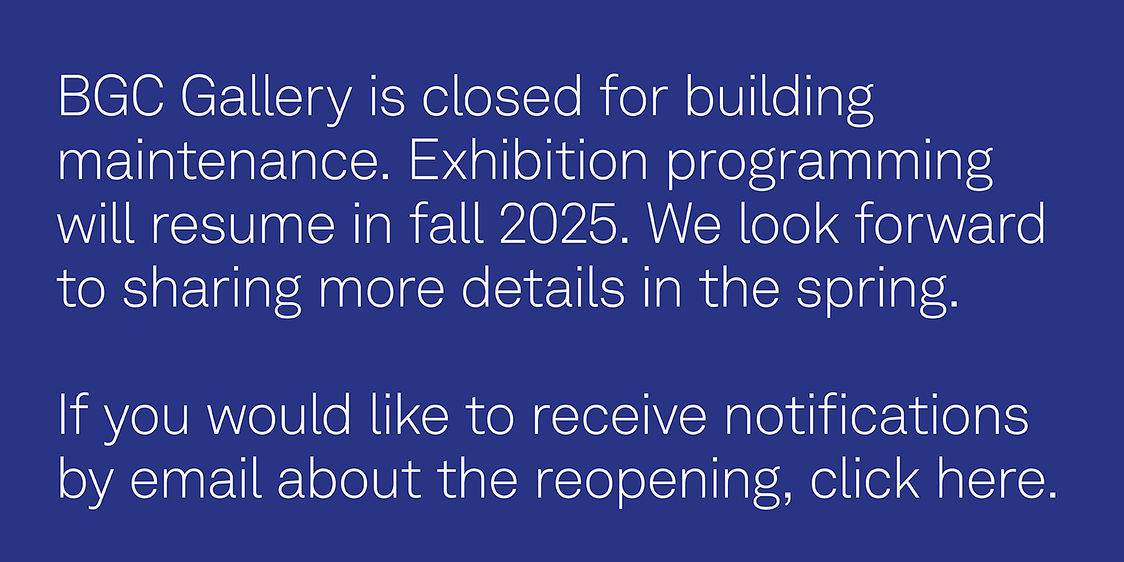“Turning Back the Sun: A Sixteenth-Century Sundial and the Miracle of Ahaz”
Abstract
In a letter of 1572 to August I, Duke of Saxony, the Augsburg instrument maker, Christoph Schissler (C.1531–1608), presented an overview of his creations in the hope of receiving orders. Included among the terrestial and astronomical globes, astrolabes, planispheres, “unusual and wonderful” clocks, sundials, and compasses, was a “Horologium Ahaz Hydrographicum,” a sundial in the form of a drinking vessel, which, he claimed, could make time move backwards. It was based upon the miracle of the Dial of Ahaz as recounted in 2 Kings, 20:11, according to which God caused the shadows to retreat a full ten hours backwards in time as a sign to King Hezekiah that he would be brought back from the brink of death.
Focussing on a version of Schissler’s dial that exists today in the collection of the American Philosophical Society of Philadelphia, this talk will analyse the technical means by which Schissler recreated the biblical miracle, the design and narrative strategies employed, and the instrument’s status and intended function within prevailing conditions of patronage and against the horizon of his training and professional trajectory. By establishing the intellectual contexts of the instrument’s reception and afterlives, it is possible to suggest how the “Horologium Ahaz,” as a working model of solar recession, was used to support different sides in the urgent contemporary debates over questions of theology, natural philosophy, and astronomy.
Where did your interest in this subject come
from?
My interest in
Schissler’s Dial of Ahaz stems from a study I am currently making into the
influence of mathematical thinking upon a range of sixteenth-century craft
practices. I characterize Schissler and other contemporary instrument makers as
exponents of a local mathematical culture, whose professional passions were
consonant with a growing, European-wide movement, most manifest in the fields
of cartography and astronomy, that sought to map and thus to understand the natural
world in the language of mathematics, rather than through the texts of ancient
philosophers or the Bible. The Horologium
Ahaz implicitly demonstrates this principle several years before Galileo’s
discoveries began to make the natural world mathematically legible: for Schissler used a mathematical
instrument to explain a miracle of nature, normally the province of theology,
in the abstract terms of refractive geometry.
How does this research question intersect with
your other intellectual interests?
The particular research
questions raised by Schissler’s dial intersect with a more general historical
study I am engaged in into the economic, social and intellectual horizons of south
German craftsmen of the period. My focus is on how their
creations, made under conditions of elite patrician and courtly patronage and often
viewed within the context of newly established Kunstkammer collections, were
understood less as objects of luxury consumption per
se, than as an index of knowledge and science, as material interventions into
the world of the intellect and ideas, intended to enlighten, instruct, and
inspire.
Why is this question important to you?
These questions are important on
several levels: they bring new cultural significance to the lives and work of a
neglected group of highly gifted artisans, whose names are little known and
whose works are rarely included in larger art/historical narratives. Their
close study provides added weight to their position within the history of
visual and material representation generally and sharpens our understanding of
their sociological position as members of a large and diverse community of
practitioners and intellectuals across the south German cities and the central
European courts.
The larger aim behind these
questions is to demonstrate how the craft economy and the theoretical and applied
forms of knowledge at its core contributed to the large-scale cultural and
epistemological transformations sweeping Western Europe in this period, as the grandly
unifying cathedral of medieval thought began slowly to be dismantled.
Related Readings
Andrew Morrall, “Turning
Back the Sun. Christoph Schissler’s Horologium
Achaz as Kunststück,” in Volker
Remmert and Julia Ellinghaus eds., Manipulating the Sun: Picturing Astronomical Miracles from the
Bible in the Early Modern Era, Brill (forthcoming 2021)
…“Art, Geometry, and the
Imagery of Ruins in the Sixteenth-Century German Kunstkabinett,”
in Catherine Ingersoll, Alisa McCusker Jessica Weiss eds., Imagery and Ingenuity in
Early Modern Europe. Essays in Honor of Jeffrey Chipps Smith (Turnhout: Brepols, 2019).
…“Virgil’s
Flute: the Art and Science of “Antique Letters” and the Origins of Knowledge,”
in The Primacy of the Image in
Northern European Art, 1400-1700. Essays in Honor of Larry Silver, eds Debra Taylor Cashin, Henry
Luttikhuizen, Ashley D. West (Leiden:
Brill, 2017).
…“Urban Craftsmen and the
Courts in Sixteenth-Century Germany,“ in Dagmar Eichberger and Phillipe Lorentz
eds, The Artist between Court and City
(1300-1600). L’artiste entre
la cour et la ville. Der Künstler zwischen Hof und Stadt (Petersberg:
Michael Imhoff Verlag, 2017).















